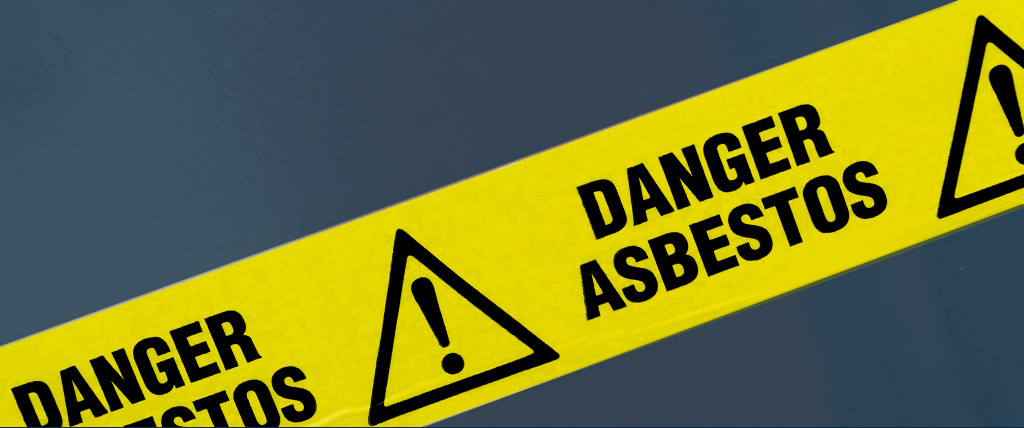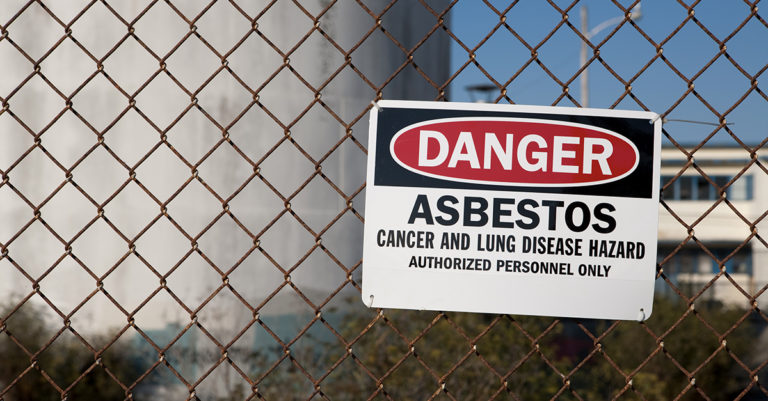

The Dangers of Asbestos and the First Steps to Get Rid of It
The Environmental Protection Agency (EPA) is standing at a pivotal crossroads with a life-or-death decision to make: to move toward a complete asbestos ban and save lives or to bend to the will of asbestos corporations and continue putting Americans at risk for asbestos exposure.
The agency is approaching a deadline in their implementation of the newly reformed Toxic Substances Control Act (TSCA). On or before June 22, the EPA must release “scoping documents” for the first 10 chemicals slated for review, which will determine the parameters of the evaluation and consequential regulation.
When Congress passed the TSCA in 1976, it created arguably the most important chemical control law in the United States by giving the EPA the authority to take regulatory action, as well as require reporting, and record-keeping and testing requirements, against both new and existing chemical substances, including asbestos.
Many agencies, including the EPA, found that asbestos is a human carcinogen and “is one of the most hazardous substances to which humans are exposed in both occupational and non-occupational settings.” Occupational exposure can lead to chronic health conditions like asbestosis and even very brief exposures can cause mesothelioma, a fatal cancer.
Consequently, in 1989, the EPA sought to phase out the use of asbestos in commercial products and ban it completely, but industry-friendly loopholes allowed for the ban’s defeat in appeal by the Fifth Circuit’s decision in Corrosion Proof Fittings v. EPA, 947 F.2d 1201 (5th Circ. 1991). It’s ironic that the company that fought the ban has had at least one employee die of mesothelioma. We can’t afford any more deaths.
Without a ban in place, the United States has continued to import more than 375,000 metric tons of asbestos to be used in commercial products, putting American citizens at risk for exposure. Although current regulations allow for companies to include less than 1 percent of asbestos in their newly-manufactured products, scientific evidence has repeatedly concluded that there is no safe level of asbestos exposure.
The Occupational Safety and Health Administration bolstered this when it concluded that there is no safe level of asbestos exposure for any type of asbestos fiber and that even exposures that last just a few days have led to mesothelioma diagnoses.
The Beginning of the End for Asbestos
The human cost of inaction is monumental. Since the EPA’s first attempt to ban asbestos in 1989, an estimated 400,000 Americans had died from asbestos-related diseases as of 2016. President Barack Obama took action last year and signed into the law the “Frank R. Lautenberg Chemical Safety for the 21st Century Act” (LCSA), which brought major reform to the TSCA. Closing loopholes that prevented common-sense and protective regulations in the past, LCSA gave the EPA additional authority to regulate hazardous chemicals like asbestos.
One of the first steps the EPA took under this amendment was to identify and prioritize 10 high-risk chemicals to evaluate and determine whether they “present an unreasonable risk of injury to health or the environment.” Asbestos made the list with resounding support from stakeholders. The agency will release the “scoping document” on or before June 22, which will set the parameters for the risk evaluation. If it is determined that a chemical presents an unreasonable risk, the EPA must mitigate that risk within two years.
Regulation is Not Enough
As one of the leading mesothelioma law firms, Simmons Hanly Conroy is well-versed in the dangerous consequences of asbestos exposure in any form. It causes cancers and other diseases and continues to kill approximately 15,000 Americans each year, according to the CDC and other organizations. Though imports have decreased, this deadly tragedy remains out of control and simply regulating its use rather than fully banning asbestos puts too many people at risk for future exposure. The only way to save these lives is to completely ban the use of asbestos. The EPA has decades worth of research that says what we all already know, that asbestos is dangerous, lethal, and has no benefits that outweigh the number of human lives it takes.
The predominate industry that still uses asbestos in manufacturing is the chlor-alkali industry, and they are lobbying hard for an exemption from any pending regulation. If the EPA denies this exemption, there will be a de facto ban. If they grant this industry request, it will keep workers at these chlor-alkali plants and the surrounding communities at risk – effectively negating any regulation they do put in place.
As the EPA finalizes the forthcoming asbestos “scoping document,” it is imperative that they include the chlor-alkali industry’s use within their parameters for review. Please join me in signing this petition created by the Asbestos Disease Awareness Organization (ADAO), the largest independent asbestos victims organizations, which calls on the EPA to ban the use of asbestos completely, without any loopholes or exemptions for corporations. Banning asbestos from all use is the logical step, the right step, and the only step the EPA should move toward while they’re at this critical crossroad.




